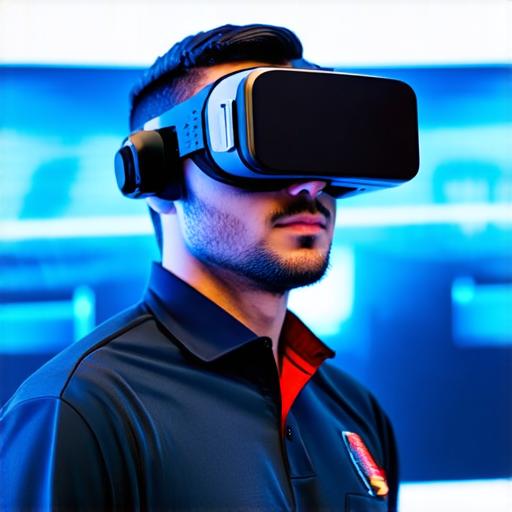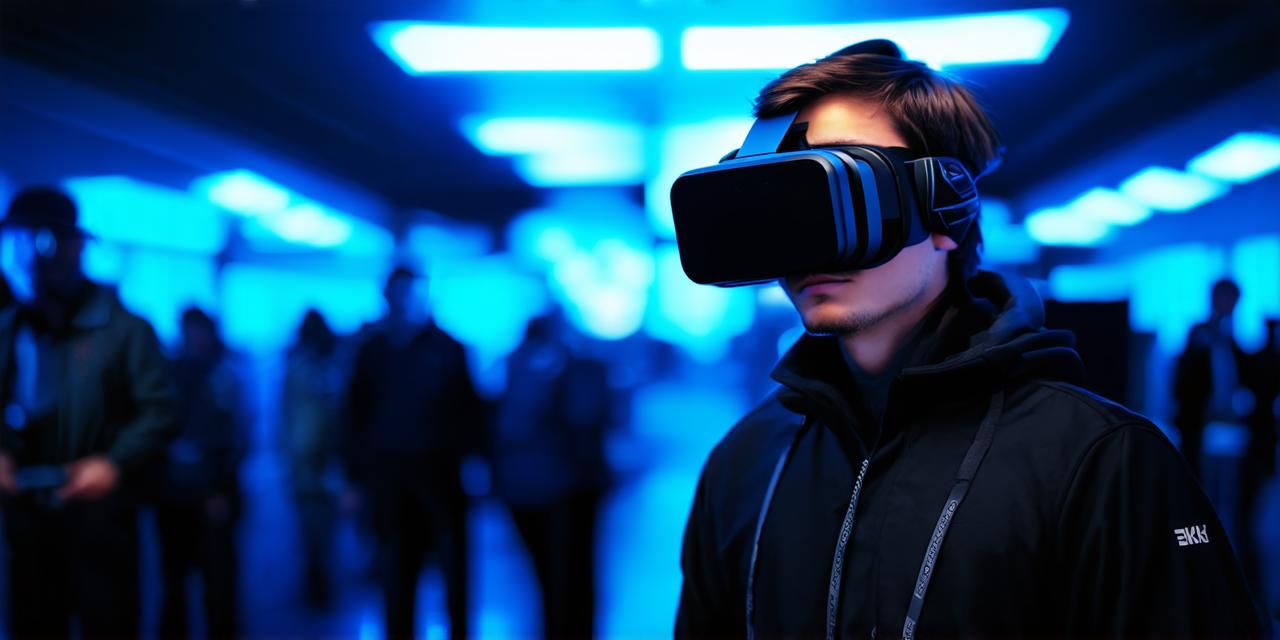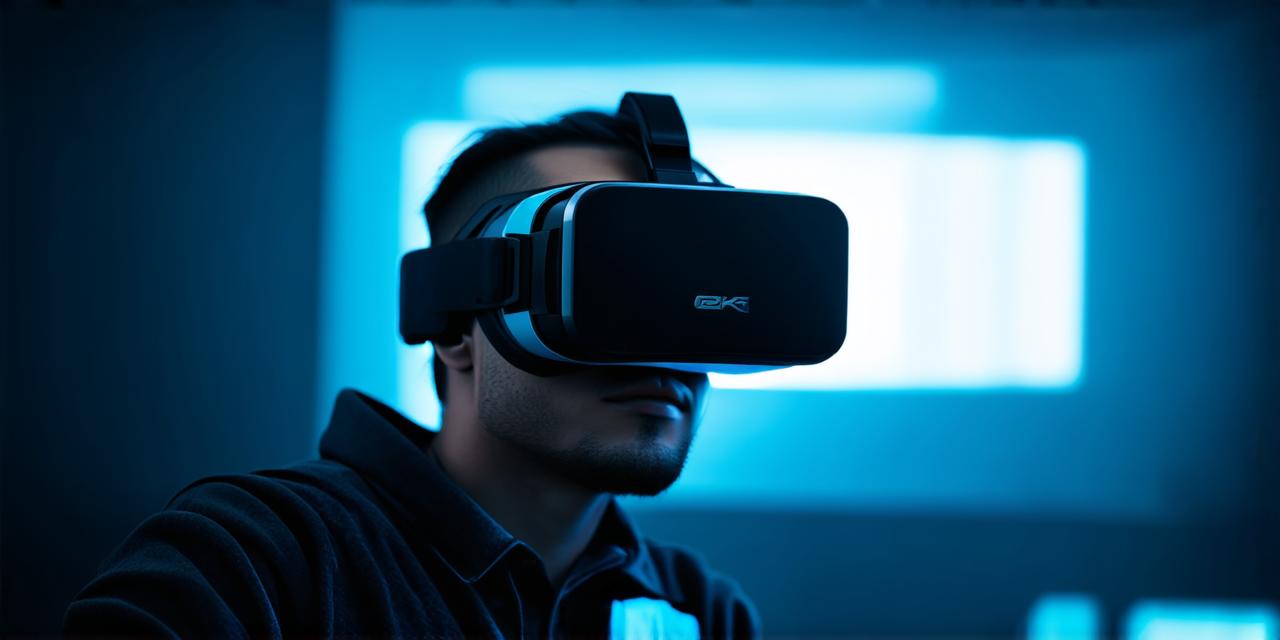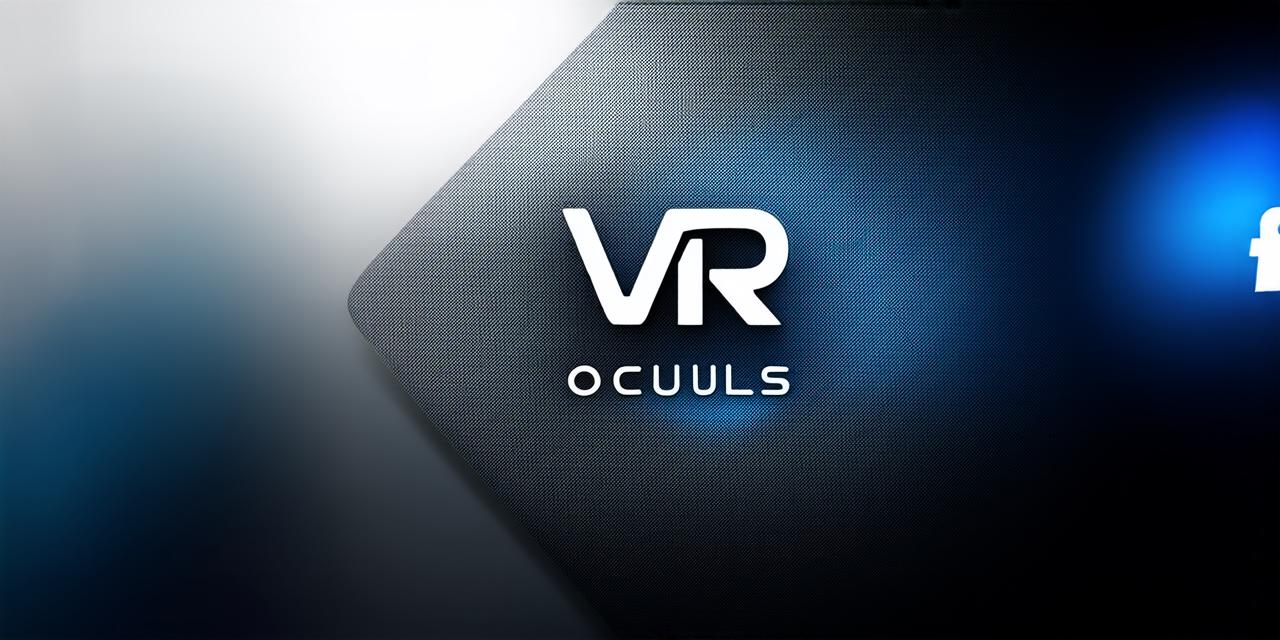Virtual reality (VR) is no longer just a novelty technology used for entertainment purposes. It’s quickly gaining traction in practical applications across various industries, including healthcare, manufacturing, and education. In this article, we will explore how VR can be utilized in practical applications and provide examples of its impact on different fields.
Virtual Reality in Healthcare

One of the most promising areas for VR is in healthcare. By providing a virtual environment that simulates real-world scenarios, medical professionals can train and practice new techniques without putting patients at risk. This can be especially useful for surgical procedures, where even small mistakes can have severe consequences.
For example, surgeons can use VR simulations to practice complex surgeries, such as brain surgery or cardiac surgery, before performing them on actual patients. By practicing in a virtual environment, they can gain experience and confidence without the pressure of performing the procedure on a living patient.
Moreover, VR can also be used for pain management and rehabilitation. Patients can use VR to distract themselves from pain during procedures or recover from injuries by engaging in physical therapy exercises in a virtual environment.
Virtual Reality in Manufacturing
Another industry that is benefiting greatly from VR is manufacturing. By providing a virtual environment that simulates real-world production processes, manufacturers can optimize their workflows and reduce waste. This can lead to significant cost savings and improved efficiency.
For example, engineers can use VR simulations to test new product designs before they go into production. They can also use VR to train workers on how to operate machinery and perform maintenance tasks more efficiently.
Virtual Reality in Education
Finally, VR is being used to enhance the learning experience in education. By providing a virtual environment that simulates real-world scenarios, students can gain hands-on experience without leaving the classroom. This can be especially useful for subjects such as science and engineering, where experiments can be dangerous or expensive.
For example, biology students can use VR simulations to explore the human body and learn about anatomy in a safe and controlled environment. Engineering students can use VR to design and test new products before they go into production.
Real-life Examples of VR in Action
One real-life example of VR in action is the use of VR for training surgeons. The Surgical Realities Company, based in California, has developed a VR platform that allows surgeons to practice complex procedures in a virtual environment. This platform has been used by over 100 hospitals and medical institutions around the world and has been credited with reducing surgical errors and improving patient outcomes.
Another example is the use of VR for manufacturing. General Electric (GE) has developed a VR platform that allows engineers to simulate complex production processes in a virtual environment. This platform has been used by GE to optimize its workflows and reduce waste, leading to significant cost savings and improved efficiency.
FAQs
What is virtual reality?
Virtual reality is a technology that creates a computer-generated simulation of a three-dimensional environment that can be interacted with in real-time using specialized headsets or displays.
How does virtual reality work?
Virtual reality works by tracking the movement of the user’s body and adjusting the virtual environment accordingly. This allows the user to feel as though they are physically present in the virtual world.
What industries are using virtual reality?
Virtual reality is being used across a variety of industries, including healthcare, manufacturing, education, and more.
How can virtual reality improve healthcare?
Virtual reality can be used for training medical professionals, practicing complex surgeries, and managing pain for patients recovering from injuries or undergoing procedures.
How can virtual reality improve manufacturing?
Virtual reality can be used for optimizing workflows, testing new product designs, and training workers on how to operate machinery and perform maintenance tasks more efficiently.
How can virtual reality enhance the learning experience in education?
Virtual reality can be used to provide students with hands-on experience in a safe and controlled environment, without leaving the classroom.




